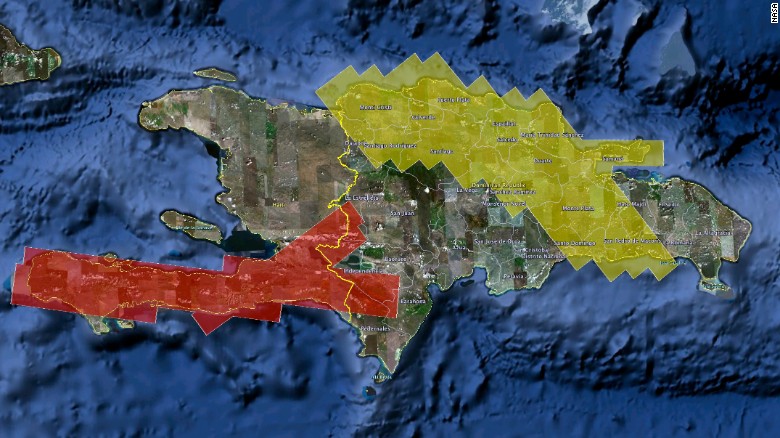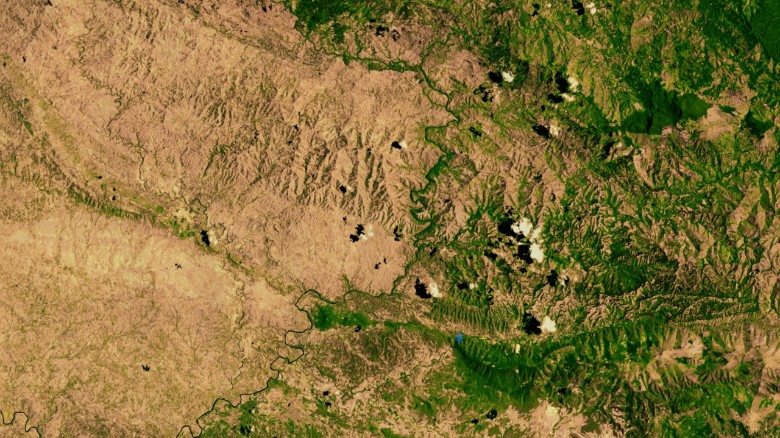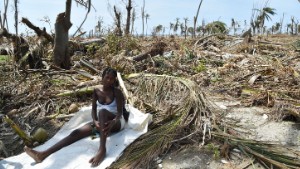Disaster divided: Two countries, one island, life-and-death differences
The hits never seem to end for Haiti. First there was the devastating earthquake in 2010, followed by a deadly cholera outbreak, and now the tiny country is reeling after Hurricane Matthew killed hundreds and displaced thousands.
Meanwhile, its neighbor -- the Dominican Republic -- has weathered similar disasters with vastly different results. How come the two countries fare so differently despite sharing the same island, Hispaniola?
Here are some key disparities between Haiti and Dominican Republic, which contribute to each country's ability to recover from natural and man-made disasters:
Geography
Both countries are at risk for earthquakes and hurricanes. The map below shows what portions of Hispaniola Island lie on earthquake fault lines.

The red shaded area shows earthquake fault lines in Haiti, while the yellow shows earthquake fault lines in the Dominican Republic.
In 2004, Hurricane Jeanne made landfall at the eastern tip of the Dominican Republic. The flooding from Jeanne killed an estimated 3,000 people in Haiti, according to a report from the National Hurricane Center. Meanwhile, only 19 deaths were reported in the Dominican Republic.
![]()
Though Hurricane Matthew didn't hit the Dominican Republic nearly as hard as it did Haiti, only four deaths were reported in DR, versus 300 and climbing across the border. Likewise, the earthquake in 2010 was felt across Hispaniola, but no one outside Haiti died.
Hurricane Matthew devastation in 10 photos
Environmental impact
Haiti lacks resources to prepare for natural disasters. There are no funds for disaster response or infrastructure improvements in watershed protection or irrigation programs that could help prepare for hurricanes and storms, according to the World Bank.
Haiti: A nation sadly familiar with hurricanes and earthquakes
Widespread deforestation in Haiti also has led to "flooding, dramatic rates of soil erosion." The depleted tree cover makes the impact of storms and hurricanes worse, USAID notes.
Deforestation began during Haiti's colonial period, as land was cleared for cash crops like coffee, tobacco and sugar, all farmed through slave labor. In post-colonial years, political and economic problems further exacerbated land issues.
Haiti and the Dominican Republic: Faces of a divided nation
Next door, the Dominican Republic enjoys better farmland and has more greenery. A NASA satellite image of the Haiti-Dominican Republic border from 2002 shows the marked difference in the two countries' landscapes.
Haiti is on the left and the Dominican Republic on the right.

History
Hispaniola has long been a divided island.
It was discovered by Christopher Columbus in 1492 and settled by the Spanish. In 1697, Spain gave the portion of the island now known as Haiti to the French.
The colony would become one of the wealthiest in the world, thanks largely to an agriculture-based economy and large amounts of African slaves.
News Courtesy: www.cnn.com











